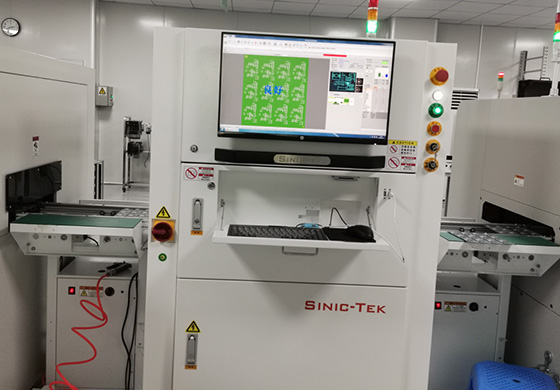A solder paste testing machine, also known as a stencil printer or solder paste inspection (SPI) machine, is a device used to test the quality and accuracy of solder paste deposition on printed circuit boards (PCBs) during the manufacturing process.
These machines perform the following functions:
Inspection of solder paste volume: The machine measures and inspects the volume of solder paste deposited on the PCB. This ensures that the correct amount of solder paste is applied for proper soldering and eliminates issues like solder balling or insufficient solder coverage.
Verification of solder paste alignment: The machine verifies the alignment of the solder paste with respect to the PCB pads. It checks for any misalignment or offset, ensuring that the solder paste is accurately placed on the intended areas.

Detection of defects: The solder paste testing machine identifies any defects such as smearing, bridging, or misshapen solder deposits. It can detect issues like excessive or insufficient solder paste, uneven deposition, or misprinted solder patterns.
Measurement of solder paste height: The machine measures the height or thickness of the solder paste deposits. This helps ensure consistency in the solder joint formation and prevents issues like tombstoning or solder joint voids.
Statistical analysis and reporting: Solder paste testing machines often provide statistical analysis and reporting features, allowing manufacturers to track and analyze the quality of solder paste deposition over time. This data assists in process improvement and helps in meeting quality standards.
Overall, solder paste testing machines help improve the reliability and quality of soldering in PCB manufacturing by ensuring accurate solder paste application and detecting any defects before further processing, such as reflow soldering or wave soldering. These machines play a crucial role in manufacturing yield and reducing the chances of solder-related issues in electronic assemblies.
Post time: Aug-03-2023

